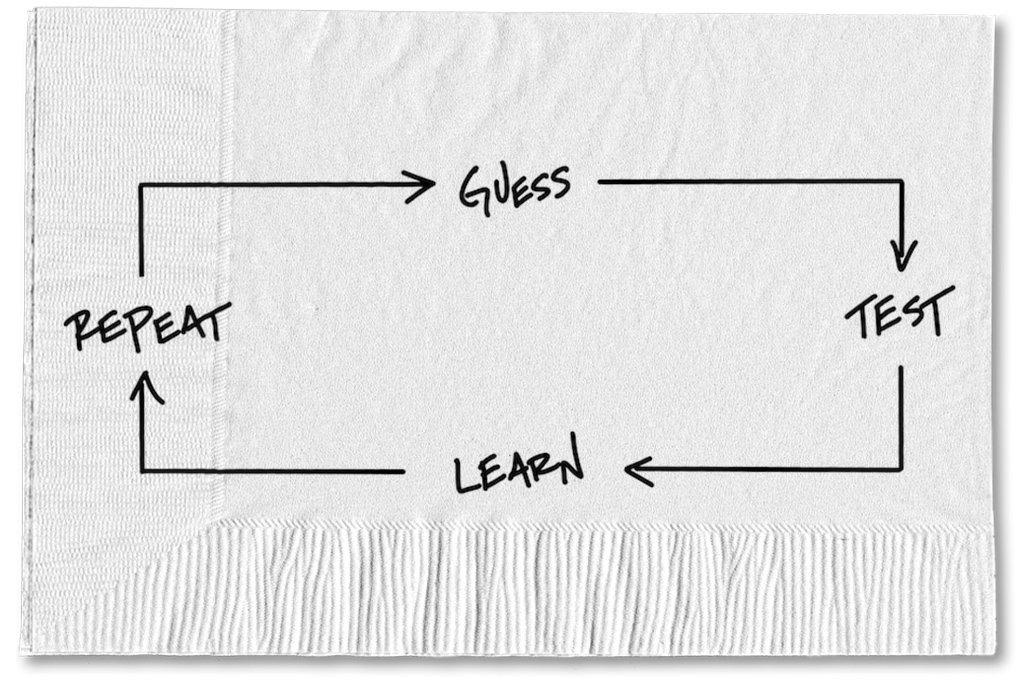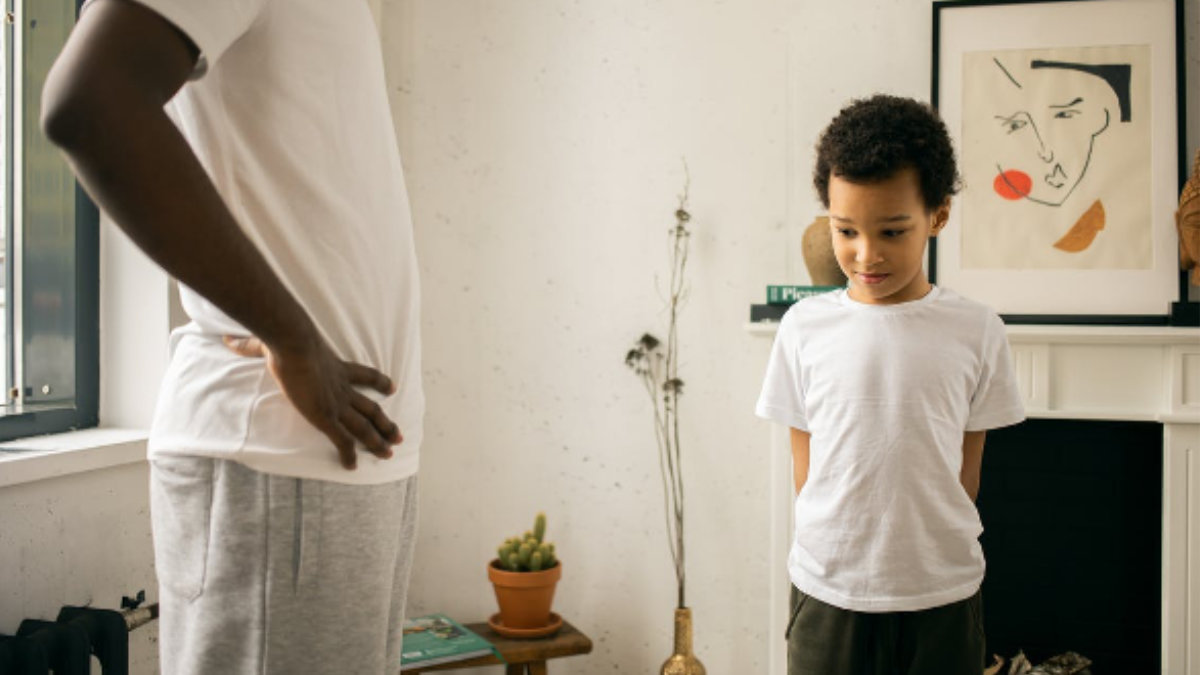You shouldn’t start a restaurant unless you know people like your cooking.
Sure, it’s been your dream to own a restaurant since you were a kid. Perhaps you’ve finally saved enough to give yourself a running start. Your spouse and parents always tell you how great a cook you are. Every day you see another quote on social media about the need to seize the day.
So it’s time to take the next step, right? And that means mortgaging the house, maxing out the credit cards and going all in on a fancy spot.
But wait. What if the restaurant fails? Or any big, risky thing you’re tempted to try?
Maybe there is a different way to pursue this dream. Yes, people who love you love your food. It’s a reasonable guess that complete strangers will like it too. But don’t forget, that’s still a guess.
Wouldn’t it be worth testing that guess?
1. See if unbiased people like your cooking.
Invite some acquaintances (preferably not your closest friends) over for dinner. Make them your best food, and watch what they do. Don’t ask them if you should open a restaurant, just watch. Hopefully it goes well. If it does, that’s valuable knowledge. Think of that knowledge as a tailwind.
2. See if people will pay for your food.
Invite 10 or 12 more people over, suggest a menu and tell them it will cost them $25 per person, or $50. See how many show up. Gauge their reaction. If the dinner goes well, the tailwind just got stronger. So take the next step.
3. Rent a small space somewhere affordable.
If the food is good, people will find it and put it on Instagram and Yelp. You don’t need to sign the fanciest lease in the most happening area.
Imagine achieving your dream without exercising the full nuclear option. What if you just took one small step at a time until you were forced — not by your untested hypothesis, but by market demand — to open a full-blown restaurant?
Going all in is heroic. It makes for great television and social media. But when it fails, it’s like the Titanic, and you and your family are left alone in the ocean among the sharks and icebergs wondering how you’ll survive.
Fortunately, there’s another way. Make a guess, do the smallest test you can, learn from the results and repeat.
That’s how you de-risk a scary thing.
The above blog is by Carl Richards originally published in The New York Times’ Blog.
About the Author: Carl Richards, a certified financial planner, is the author of “The Behavior Gap” and “The One-Page Financial Plan.” His sketches and essays appear weekly in the New York Times.







0 Comments